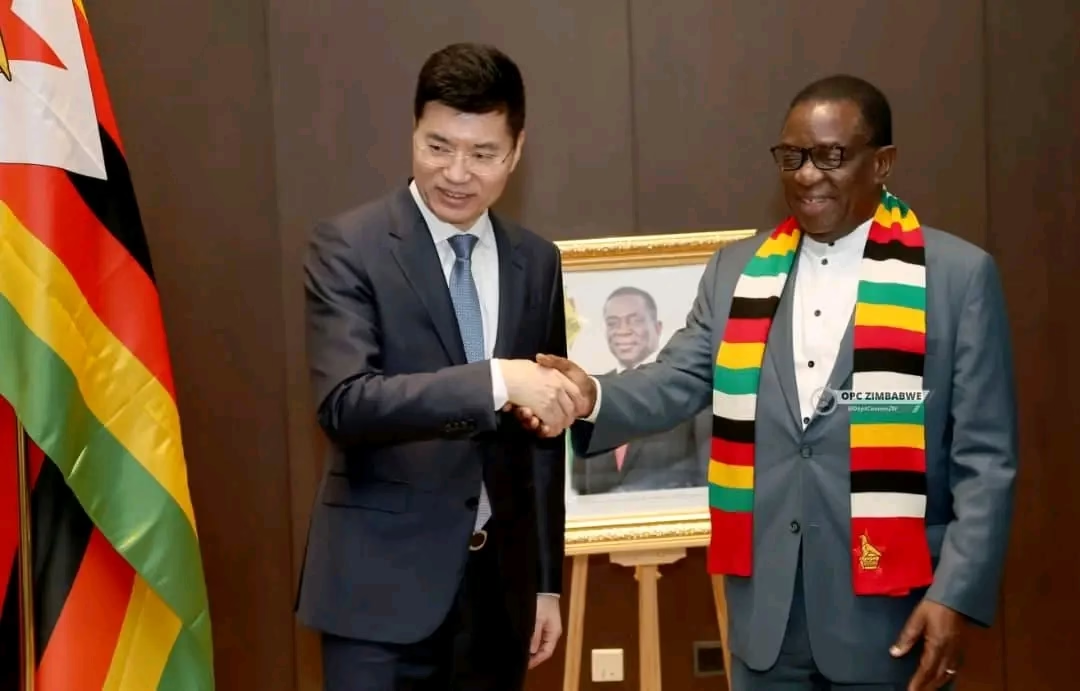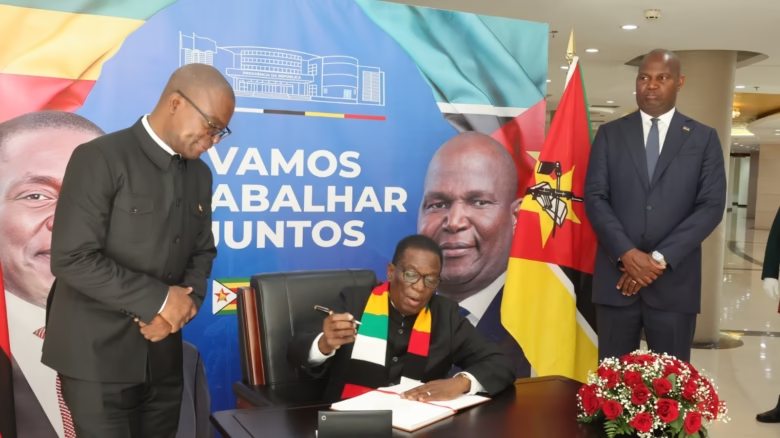
President Emmerson Mnangagwa’s engagement with executives from China Railways Group and Huawei Technologies marks a turning point in Zimbabwe’s pursuit of modern infrastructure and digital advancement. The discussions, which culminated in investment commitments, highlight how strategic partnerships can unlock long-term growth across multiple sectors of the economy.
A US$600 million package earmarked for the revival of the National Railways of Zimbabwe is more than an injection of capital into an ailing system, it represents a lifeline for trade efficiency and industrial recovery. For decades, Zimbabwe’s rail infrastructure has struggled with aged equipment, frequent breakdowns, and inadequate capacity, leading to overreliance on road transport. A comprehensive overhaul will not only reduce logistics costs but also enable industries such as mining, agriculture, and manufacturing to move goods more efficiently across domestic and regional markets. This investment positions rail as a critical enabler of the country’s ambitions to become a regional trade hub under the African Continental Free Trade Area framework.
Parallel to this, Huawei’s commitment to modernising Zimbabwe’s digital landscape by introducing advanced systems and artificial intelligence solutions points to a new phase in technological development. The deployment of smart infrastructure and AI-powered systems will support more efficient public services, strengthen cybersecurity, and accelerate digital inclusion. For a country where ICT is increasingly becoming the backbone of economic diversification, from fintech innovations to e-government platforms, Huawei’s involvement has the potential to bridge gaps in access, stimulate digital entrepreneurship, and prepare Zimbabwe for participation in the global digital economy.
Finance and Investment Promotion Minister, Professor Mthuli Ncube, described the developments as a game changer, a sentiment that captures the dual impact of these projects. On one hand, rail rehabilitation addresses the physical movement of goods and people, cutting across industries and directly influencing productivity. On the other, the digital transformation spearheaded by Huawei addresses the immaterial but equally critical flows of information, data, and innovation. Together, they represent a twin-track approach to development: building the hard infrastructure of transport and the soft infrastructure of technology in tandem.
The engagement reflects Zimbabwe’s broader strategy of leveraging partnerships with global players to achieve Vision 2030. By aligning infrastructure rehabilitation with digital transformation, the country is not just repairing what is broken, it is laying foundations for a more competitive, connected, and resilient economy. The success of these projects, however, will depend on effective implementation, transparency in resource management, and the ability to ensure that the benefits reach businesses, workers, and citizens alike.
In essence, the agreements with China Railways Group and Huawei are not isolated investments but signals of Zimbabwe’s intent to weave transport and technology into a coherent development strategy. If pursued with diligence, these partnerships could redefine how Zimbabwe trades, communicates, and competes, both regionally and globally.




